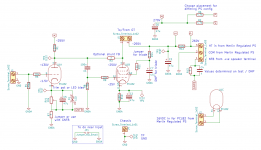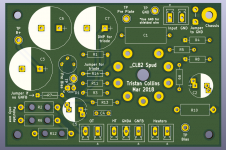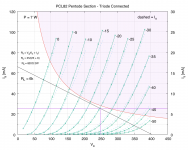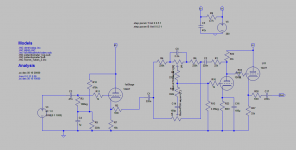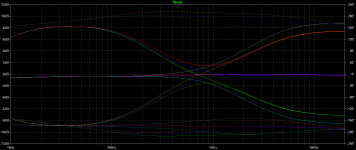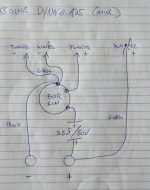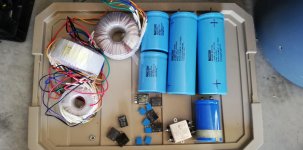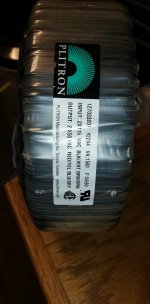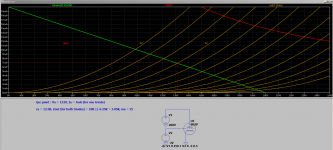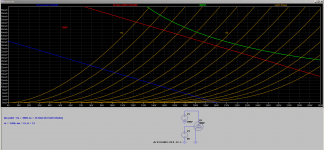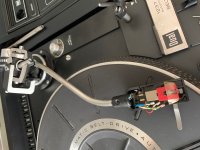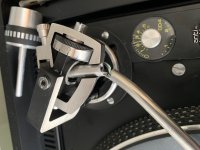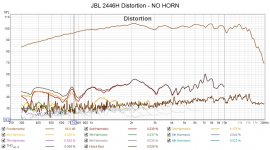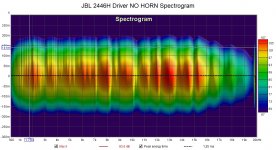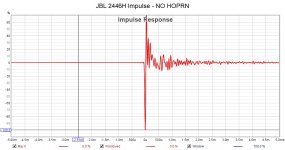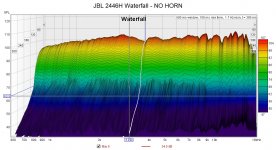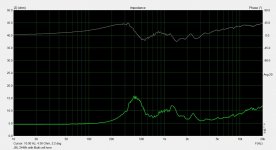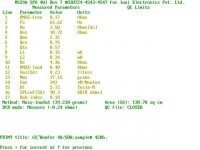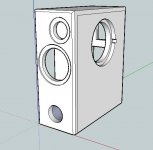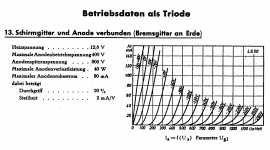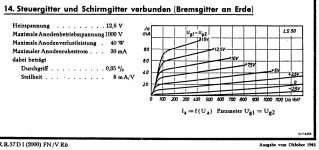Konnichiwa,
First a little history.
The original "Analogue Addicts Phono Preamp" may very well be the most popular Phono Stage design on the net, it is certainly talked about and referenced a massive lot. I have seen this cropping up in all sorts of unlikely places.
Originally the design was posted to the UK based "Analogue Addicts" E-Mail list in either 1996 or early 1997, as response to moans that there where no simple phono stages for DIY and nothing affordable and semi-decent to buy.
In the last 10 Years Vinyl has taken a resurgence few would have predicted. In this day and age you cannot throw a brick or swing a cat at a HiFi show without hitting a few Phonostages, from the sub $ 100 NAD PP1 to the sub $ 30,000 Boulder 2008.
Still with all these riches many DIY'ers talk about my little "semi budget" gem from the mid 90's. A republication of a later re-write in article form is found on my (long not updated) website:
The Analog Addicts Phono Preamp
I have of course moved on from this design, nice as it is. However, due to some current commercial work I decided I needed to "roll back" my system into something that is a lot more like commercial mid-priced High End (< $ 20,000 single source system).
I have build a speaker for that Job that pulls together what I liked best in technical terms about the SLS S8R Monitor, the Dynaudio BM15 Studio Monitor and the Sonus Faber Extrema.
I also wanted an "average" Phonostage, now I might be doing the AA Phono a disservice by calling it average, but in many ways it a simple, workman like design, with decent sonics.
Digging around in my fundus of stuff saved for future projects, samples, leftover parts from modification work and so on I had all I needed.
I'll list details about the practical implementation in another e-mail (it is likely quite interesting), short and sweet, while working up a list of the parts I did not readily have (mainly resistors) to pick them up from the local Maplin (sorta like Radioshack UK) I got to think if I had learned anything since the original AA Phono that could be easily applied.
In addition I wanted a simple AC powered solution and I wanted to pick up on some comments that have rolled in since and various discussions and debates since.
So (drumroll), may I introduce to the genteele reader
"THE ANALOGUE ADDICTS PHONO STAGE 2006 EDITION"
Here the signal circuit schematic:
To go with this the powersupply:
I'll discuss the differences and my implementation more detail later.
For the case I used once salvaged from an ancient, but very well build Hayes modem like this:
The power supply is another IT Services throwout and once supplied a small HP Jinkjet Printer with 30V/400mA DC, I downgraded this unit to an AC only.
Finally, I have quite a number of Preamp Boards from the Shanling SP-80 Monoblocks which I tend to pull out like rotten teeth during mods. As these have space for four regulators, various rectifiers, capacitors and two Op-Amp's (with the PCB Patters alread offering an OPA627 option) and enough space and holes for the pre-pre section in the place that houses the PGA2311 volume control....
I'd show some photos of the implementation, but it's not overly neat.
I encountered one key problem, as originally the case was not screened (alu parts not connected to ground) the MC setting especially tented to pick up noise. I solved this by using screened wiring for the inputs and thereabouts and I also found a way to connect the Alu case sleeve to the screen. There is still some slight sensitivity to external hum fields, but it's now okay enough.
I fitted captive leadouts for the line out and jacks for the inputs. Parts quality is noted on the schematics.
More another day.
Sayonara
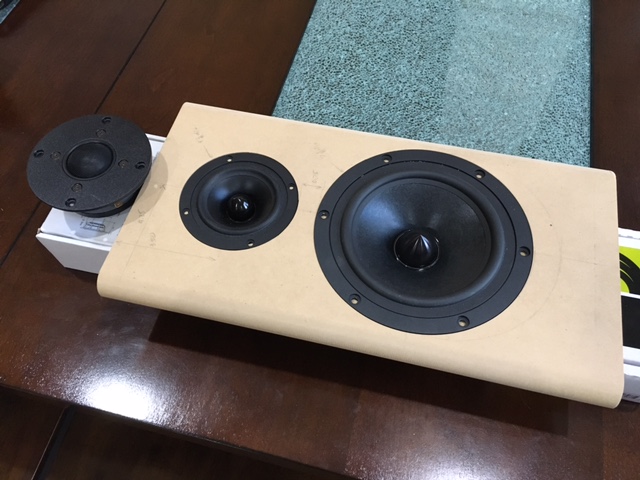
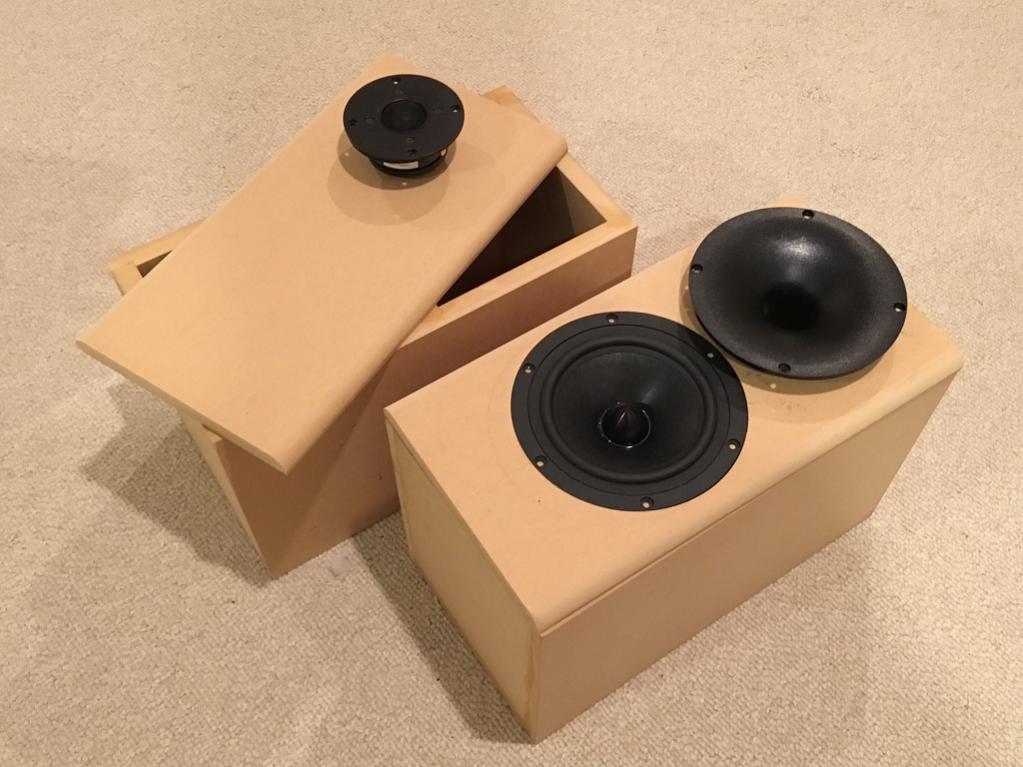
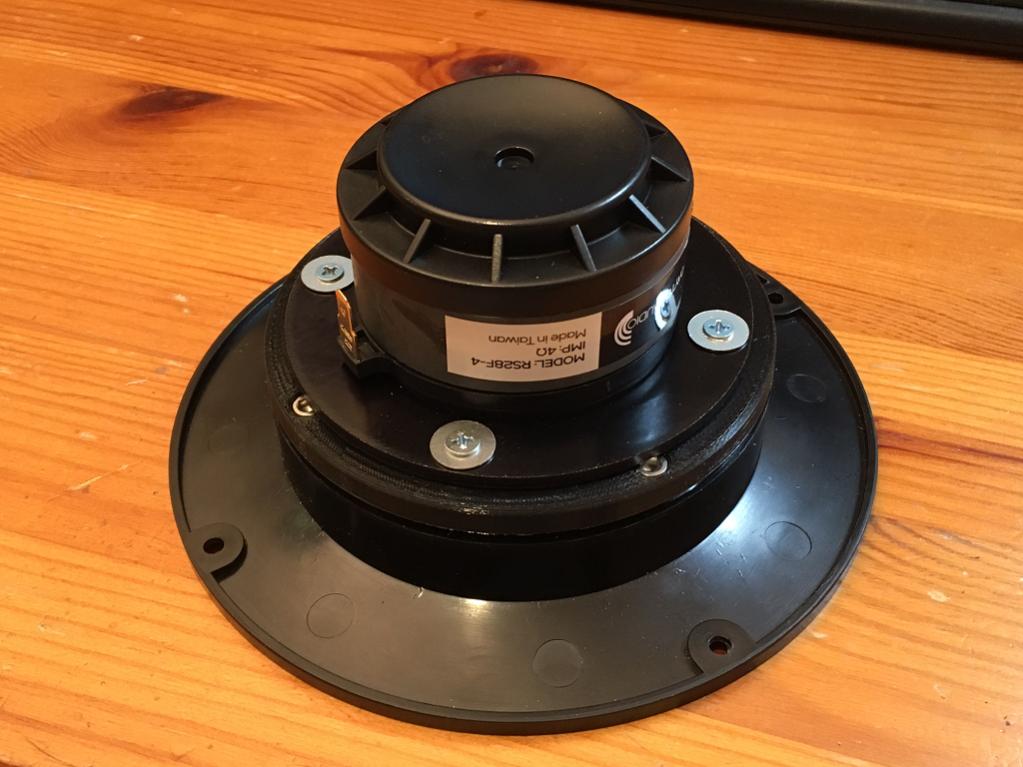

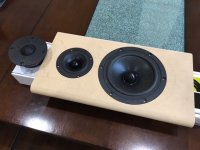
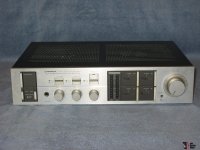


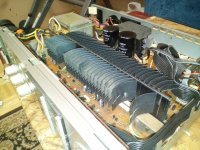
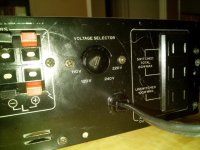
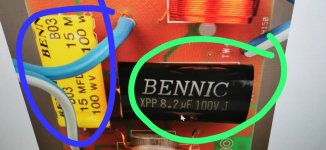
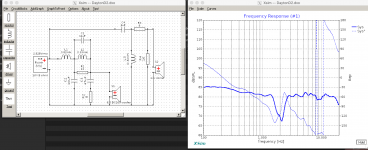
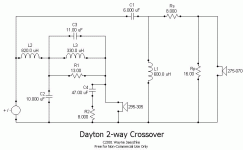
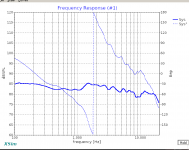
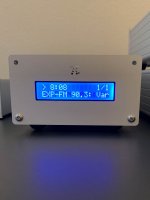
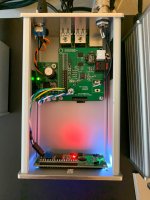
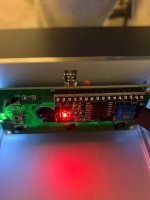


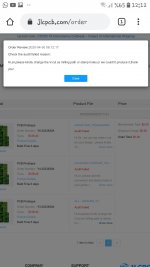
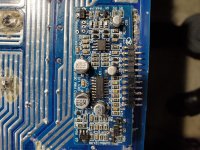
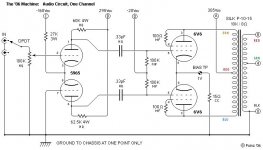
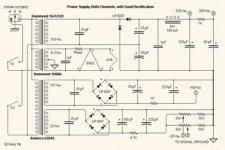
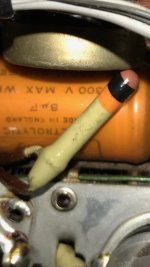

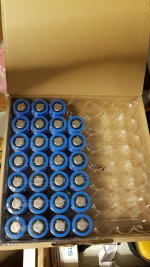
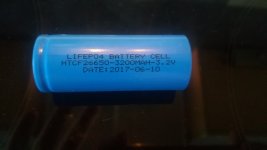
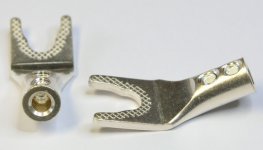
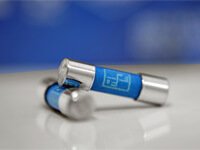












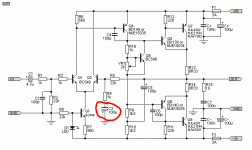
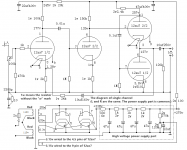
![IMG_1968[1].jpg](/community/data/attachments/774/774808-071c44d9d1bb3805000cd505c46c886e.jpg?hash=BxxE2dG7OA)
